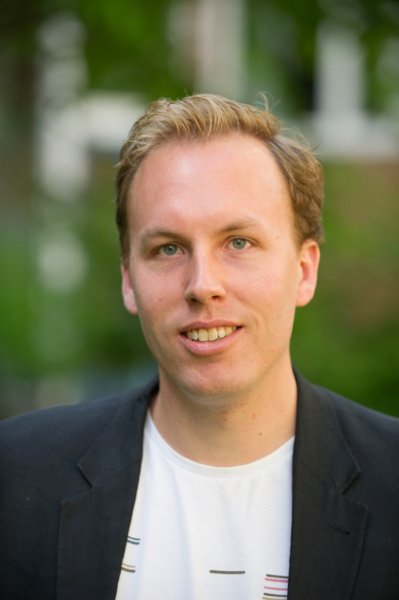Studying genome regulation using single-cell analysis
Rickard Sandberg has developed a method of single-cell analysis that provides groundbreaking molecular insight into the properties and function of cells. The method is used around the world to examine normal and morbid tissue. He himself uses it to find out how DNA and cell identities are regulated.
Rickard Sandberg
Professor of Molecular Genetics at the Department of Cell and Molecular Biology

For some years now it has been possible to analyse the activity of all the genes in a single cell. Professor Sandberg has brought to the development of this research field – single-cell analysis – a methodology that is now used around the world.
“In our own research we use single-cell analysis to understand how genetic material is regulated by studying large-scale activity patterns over thousands of individual cells of varying kinds,” explains Professor Sandberg. “Our ultimate aim is to understand the logic of the regulation process that governs the cells’ identity.
The questions are not new, but the ability to study the activity of genetic material in individual cells means that we can look for the answers more effectively and at a more detailed level. Doing this requires both experimental scientists and advanced data analysis, so the group consists of as many bioinformaticists as experimentalists.”
Mother’s and father’s gene copies
By carrying out large-scale analyses of individual cells, Professor Sandberg’s lab has discovered that there are frequently variations in the expression of the mother’s and father’s gene copies in human cells. This can have important implications for the causes and symptoms of disease.
“The patterns we observed in single cells disappear when we study populations of cells, which explains why no one has mapped them before,” says Professor Sandberg.
Professor Sandberg collaborates with other research groups in the application of single-cell analysis to a number of different fields, from the study of the pancreas to the electrophysiology of the brain, malaria-infected blood cells and marine organisms.
Text: Anders Nilsson, first published in the booklet From Cell to Society 2016.
